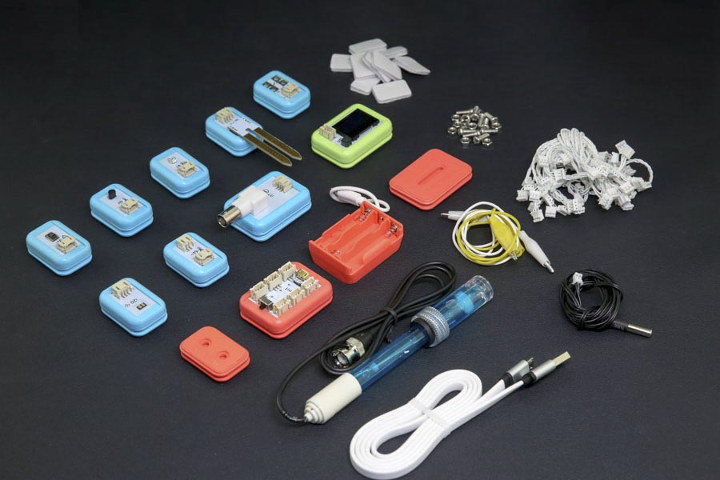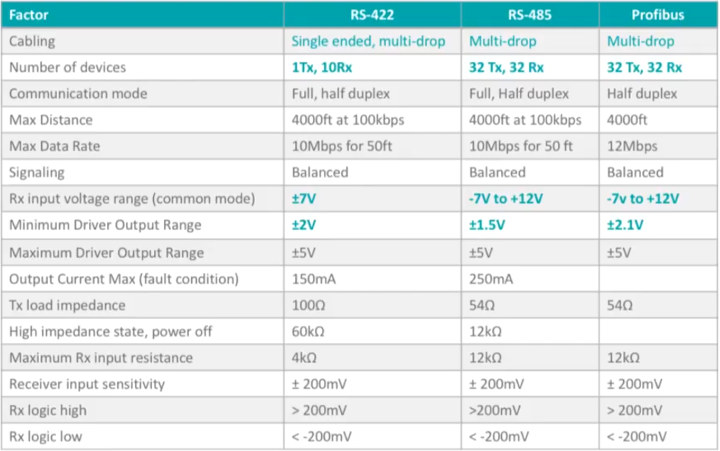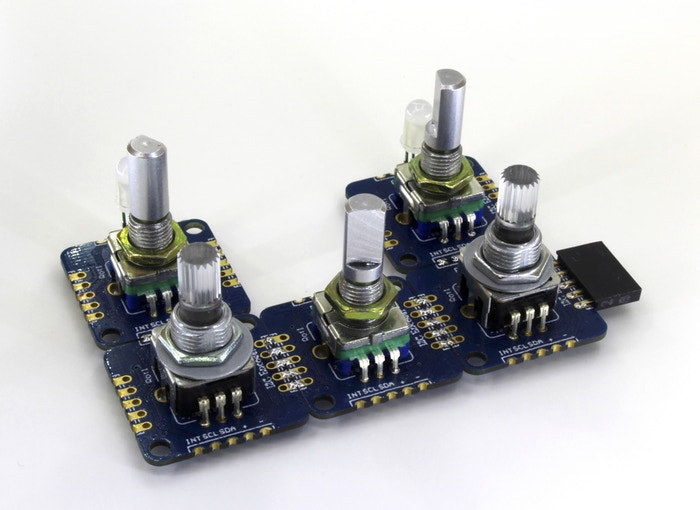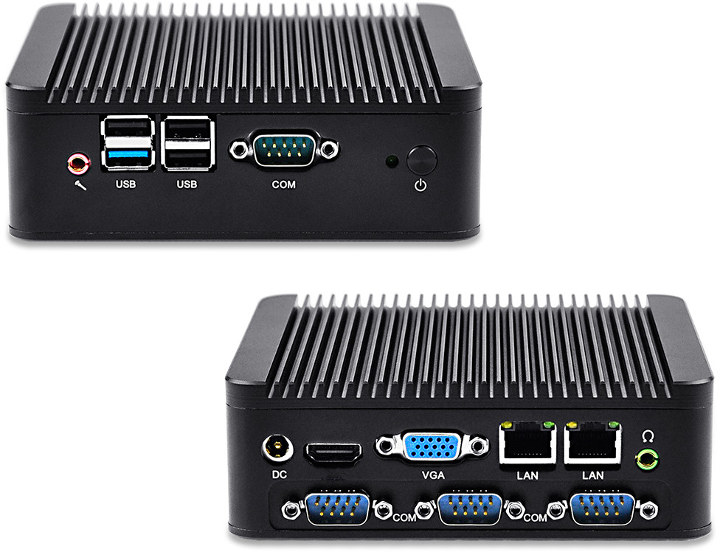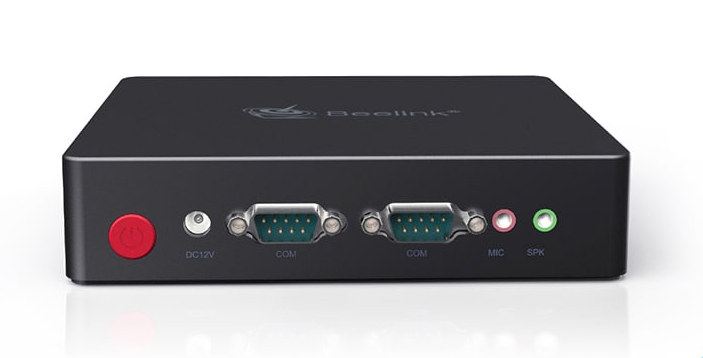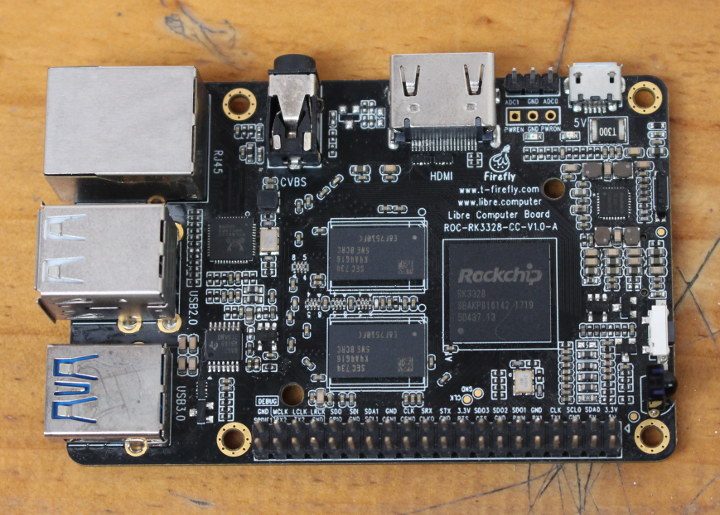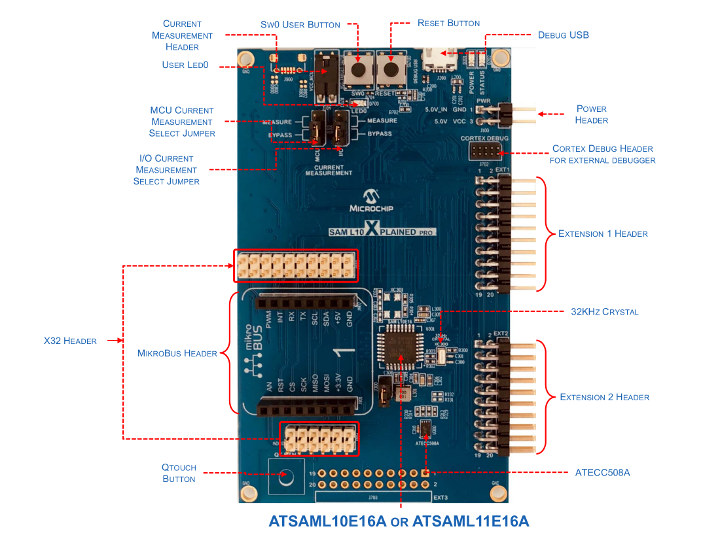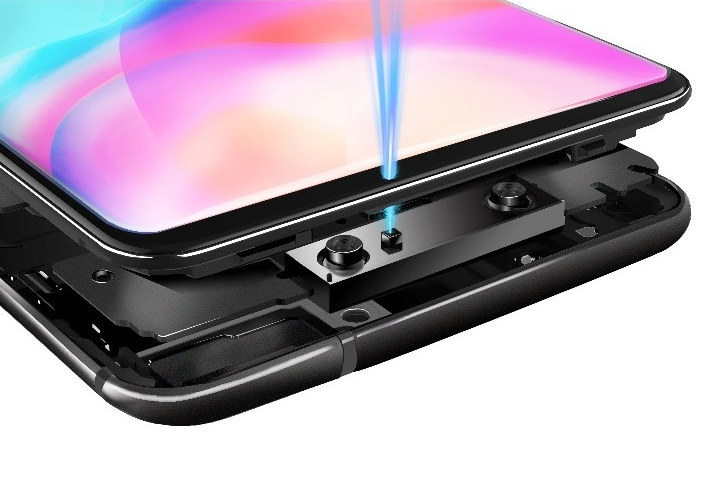Last year, DFRobot successfully introduced BOSON Kit “Powerful Building Blocks For LEGO STEM”via Kickstarter, and I’ve just noticed the company is now selling two BOSON Kits on their website: BOSON Science Kit for $149 BOSON Inventor Kit for $249 The kits are plug and pay and do not require coding, nor soldering. The modules come with built-in magnets, or they can be attached with screws, Velcro or to LEGO parts. BOSON modules are based on Intel Curie BLE modules, but those are being phased out, so you may want to inquire DFRobot if long term availability / appropriate stock is a concern. BOSON Science Kit As its name gives away, the kit is a set of exploration tool for aspiring young scientist with the following items: 8 scientific sensors for physics, chemistry and biology: Light sensor Humidity sensor Soil moisture sensor Temperature sensor Waterproof temperature sensor pH sensor (That’s the […]
Differences Between RS232, RS422 and RS485 (Video)
RS232, RS422, and RS485 are pretty old serial communication interfaces, and I was not even born when RS232 was specified in 1962, but there are still commonly used today in various applications such a points-of-sales, multi-meters, industrial equipment like PLC or HMI, as well as medical devices. Maxim Integrated shared a video – embedded at the end of this article – on social networks today explaining the fundamentals of serial transmitter devices and the differences between RS232, RS422, RS485, and Profibus. The video goes into more details with a glossary of terms, discussion of cable length and bitrate, hand-shaking, and auto-shutdown, but I’ll provide a quick summary below: RS232 supports one transmitter and one receiver, and operates between -15 and +15V (with input tolerance of up to -/+ 25V). A logic zero is between +3 and +15V and a logic one between -15 and -3V on the receiver side RS422 […]
Connect Multiple Rotary Encoders to Arduino, ESP8266, Raspberry Pi, etc… with I2C Encoder V2 (Crowdfunding)
Rotary encoders are pretty common devices that convert the angular position of a shaft to analog or digital output signals with quadrature-encoded A / B pulses the most common way of reporting the position to the micro. So for each encoder you’d need 2-pin, and if your project use many of those you may quickly run out of pin, interrupts, etc… Simone Caron has decided to tackle this issue by creating an I2C encoder board, which works with various encoders, and whose second revision is now offered on Kickstarter. The I2C Encoder V2 board supports standard mechanical encoders, illuminated RGB encoders, and clickable rotary encoders, each of which may be with or without dent. The board also comes with 3 GPIOs following RGB LED footprint, but also usable as PWN, GPIO, or ADC, and each board’s I2C address can be configured with some soldering on A0 to A6 pins. Finally, […]
Qotom Q180P/Q190P Mini PC Comes with Four RS-232 DB9 Connectors
Earlier today, I covered Beelink KT03 “Client Computer”, an Apollo Lake barebone mini PC with two COM ports . But as you must already know, people on the Internet are hard to please, so some readers may have thought “meh, no Thunderbolt”, “lol, Apollo Lake… so old”, “where’s the NVMe socket?”. I won’t be addressing those concerns in this post, and instead I will focus on the “meh, only two COM ports, I need four!” crowd. So I went a little web search, and found another low power compact mini PCs with not two, but four COM ports. Qotom Q180P/Q190P are Cherry Trail mini PCs based on Intel Celeron J1800 / J1900 dual/quad core processor respectively. Qotom Q180P/Q190P specifications: SoC (one of the other) Intel Celeron J1800 dual core processor @ 2.41 GHz (base) / (turbo) 2.58 GHz with Intel HD graphics; 10W TDP Intel Celeron J1900 Quad core processor […]
Beelink KT03 Client Computer is a $150 Barebone Mini PC with Two COM Ports
Beelink launched several Apollo Lake mini PCs in the last few years, and despite moving to Intel Gemini Lake family for some of their more recent models such as Beelink S2 or Beelink X45, the company has just launched a new Apollo Lake model. The new Beelink KT03 “client computer” is powered by an Intel Celeron J3455 processor, but differs from other mini PCs from the company, as it is sold barebone without RAM nor storage (nor OS), comes with two DB9 RS-232 connectors, and dual Gigabit Ethernet ports. Beelink KT03 specifications: SoC – Intel Celeron J3455 quad core Apollo Lake processor @ 1.5 GHz / 2.3 GHz (Turbo) with 12 EU Intel HD graphics 500 @ 250/750 MHz; 6W TDP System Memory – 1x SODIMM DDR3L socket, no EEC, 1333/1600/1867 MHz; supports up to 8GB RAM Storage – 64Mbit SPI flash for UEFI/BIOS; support for internal 2.5″ SATA drives, […]
Firefly Team Mailbag – Rockchip Development Boards and Accessories
T-Chip Intelligent Technology Co. is a hardware and software technology services company, and a few years ago they setup the “Firefly Team” to provide development boards running Android and/or Linux distributions to the maker community. If I remember correctly the company started with Firefly-RK3288 development board powered, as its name implies, by Rockchip RK3288 processor. Since then they’ve launched several other Rockchip development boards and modules, which I’ve covered on this blog. The company decided to send me some of their recent boards and accessories, so let’s have a look at what I received in my “mailbag”. I’ve also taken a few photos for those who did not watch the video or prefer close up photos. ROC-RK3328-CC “Renegade” Development Board The first board is ROC-RK3328-CC “Renegade” board which was first launched via a crowdfunding campaign by Libre Computer. Both companies have been collaborating on some boards, and Libre Computer makes […]
Microchip Unveils SAM L10 & SAM L11 Arm Cortex-M23 MCU Families with Arm TrustZone for Armv8-M
Microchip has recently announced new SAM L10 and SAM L11 Arm Cortex-M23 MCU families, with the SAM L11 family featuring Arm TrustZone for Armv8-M that provides hardware isolation between certified libraries, IP and application code. SAM L10 & SAM L11 MCU Families Key features: Arm Cortex M23 Core @ 32 MHz Up to 64 KB Flash and 16 KB SRAM picoPower Technology less than 25 μA/MHz in active mode less than 100 nA in sleep mode Fast wakeup time: 1.5 μS Flexible power saving features Enhanced Peripheral Touch Controller (PTC) with improved water tolerance, noise immunity and responsiveness Security (for SAM L11 only) Chip-level tamper resistance Arm TrustZone technology Secure boot Secure bootloader Crypto accelerators Secure key storage Op amp ADC and DAC Package – VQFN32, TQFP32, WLCSP32, VQFN24, SSOP24 Microchip SAM L10 MCU achieved a ULPMark score of 405, or over 200 percent better performance compared to the nearest […]
Vivo Announces TOF 3D Sensing Technology with 300,000 Sensor Points
Earlier this year, I reviewed a TOF sensor board based on STMicro VL52L0X Time-of-Flight ranging sensor that allows to measure distance accurately up to 2 meter using a 940 nm laser and a detection array with a few points to measure the time it takes for the light to travel and determine the distance. VIVO has showcased a smartphone solution leveraging time-of-flight technology at Mobile World Congress Shanghai 2018, but instead of using it for 2D measurements with a small detection array, their TOF 3D Sensing Technology creates 3D scans of objects using a whopping 300,000 sensor points. The technology will enable features & applications such as facial, gesture and motion recognition, 3D photography and extended/augmented reality. Vivo’s TOF 3D Sensing solution is said to deliver 10 times more depth of information than existing Structured Light Technology, for example used for FaceID in the latest iPhones. Vivo’s technology allows 3D […]


